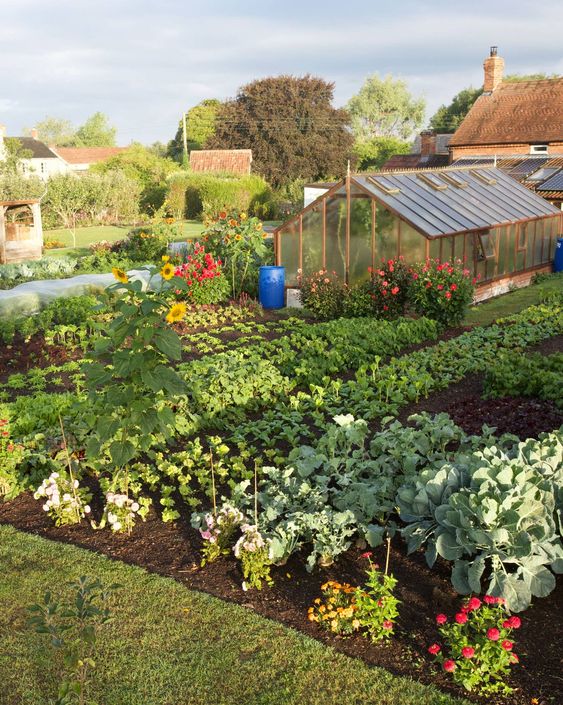In a fast-paced world where concrete landscapes dominate, starting a garden offers a breath of fresh air – quite literally! Whether you have a sprawling backyard or a cozy balcony, cultivating a garden is a rewarding and therapeutic endeavor that reconnects you with nature. This guide will walk you through the steps of creating your own garden oasis, from planning and preparing the soil to choosing the right plants and nurturing them to flourish.
1. Selecting a Garden Type and Location
Before you put on your gardening gloves, determine the type of garden you wish to create. Options include vegetable gardens, flower beds, container gardens, herb patches, or a mix of these. Consider the climate and sunlight your location receives when deciding what to plant.
2. Assessing Your Space
The size of your garden is crucial. If you’re working with limited space, consider container gardening or vertical gardening techniques. If you have a more substantial area, explore different design possibilities such as raised beds, pathways, and focal points to make your garden visually appealing.
3. Soil Preparation and Testing
Healthy plants begin with healthy soil. Test your soil’s pH and nutrient levels to determine its composition. Amend the soil as needed with compost, peat moss, or other organic matter to improve its texture and fertility. Well-draining soil encourages root growth and prevents waterlogging.
4. Choosing Plants
Selecting the right plants for your garden is a pivotal step. Consider factors such as climate, soil type, sunlight, and the amount of care you’re willing to provide. Opt for native plants whenever possible, as they are better adapted to local conditions and require less maintenance.
5. Planning Plant Layout
Before planting, sketch a layout to visualize how your garden will look. Arrange plants according to their mature size, ensuring that taller plants don’t shade out shorter ones. Group plants with similar water and sunlight requirements for efficient care.
6. Planting Techniques
Follow planting instructions provided on seed packets or plant labels. Space plants appropriately to prevent overcrowding. Water plants immediately after planting and mulch around them to conserve moisture, suppress weeds, and regulate soil temperature.
7. Watering and Maintenance
Regular watering is essential for a thriving garden. Monitor soil moisture and adjust your watering schedule based on the specific needs of each plant. Weeding is also crucial to prevent competition for nutrients and space. Prune and deadhead plants as necessary to promote growth and flowering.
8. Pest and Disease Management
Keep an eye out for common pests and diseases that could affect your garden. Introduce natural predators like ladybugs and lacewings to control pest populations. If necessary, opt for organic and eco-friendly pest control methods to minimize environmental impact.
9. Patience and Observation
Gardening requires patience. Plants take time to grow and flourish. Observe your garden regularly, noting changes in growth patterns, flowering, and the overall health of your plants. Adjust your care routine accordingly.
10. Continual Learning
Gardening is a journey of continual learning. Experiment with different plant varieties, techniques, and designs. Read gardening books, attend workshops, and connect with local gardening communities to exchange knowledge and experiences.
Starting a garden is not just about growing plants; it’s about nurturing a piece of nature within your own space. It’s an opportunity to slow down, connect with the earth, and reap the rewards of your hard work. With careful planning, attention, and a touch of patience, your garden will transform into a sanctuary of beauty and serenity – a testament to the wonder of nature’s cycles and the joys of tending to life’s most delicate creations. So, roll up your sleeves and let your gardening journey begin!
